Curbside Classics Review: 1936 Plymouth

Did I hear someone ask “How about more capsule reviews such as a 1930 Ford Model A where 0-60 is measured with an hourglass?” At Curbside Classic we aim to please; I’m on it. And although I didn’t rustle up a Model A within 24 hours, I came pretty close: a 1936 Plymouth. The only problem is that the Plymouth never did make it to sixty.
I’m sure back in its prime, sixty wouldn’t have been any problem. And given its (then) 82 horsepower, and a fairly healthy power-to-weight ratio of 34 lb/hp, the “sprint” to sixty would have been better timed with an egg timer than an hourglass. To put that in perspective, a certain big proud premium-brand American car in the mid seventies had a worse power-to-weight ratio than that (don’t ask which one; it’s a future CC).
But this car is feeling its age, which after almost three-quarters of a century of use and abuse, it deserves to. Would you put the spurs to your arthritic great-grandmother? Yet it’s still in use as a daily driver, which is how I came to find and drive it.
I’ve seen the distinctive water-fall grille at a distance in traffic repeatedly this past year or so, but couldn’t quite catch it going my way. But the other day I saw it duck into an alley, and after my light changed, I prowled and found it parked behind a bar, next to a McDonald’s. And the apparent driver turned out to be a dog.
I caught up with “Dozer’s” owner, who turned out to be the only mechanic I’ve ever had to take my old ’66 F-100 to, for a problem that was to messy for me to fix. And when I hit him up for a drive, he swallowed hard, and said sure. I found out after we got back that no one else has ever taken it out of a parking lot before. Thanks, Jeff! You’re a trusting soul.
I’m sure it’s not his car he cared as much about as it was the other participants in the game we call traffic. This Plymouth is exactly the kind of car you would only take to a German or Japanese vehicle inspection in your worst nightmare. The brake master cylinder leaks, the clutch clutches, the steering has more play than a pre-school, the shocks shock, etc. In other words, it’s exactly the perfect vehicle for a fiercely independent mechanic to drive to his favorite watering hole with his dog after a day fixing anything and everything that can be pushed up to his door.
The first impression upon sliding in the front seat: it feels mighty familiar. The front compartment dimensions are practically a dead ringer for an old VW Beetle. Standard-size American cars had a long hood, and lots of rear-seat leg-room, but the narrowness and contours of the body were no bigger than a VW. Well, the Beetle was considered “full size” in its day (in Europe), and both cars were designed around the same time.
Step one: the starting drill. Pull choke fully out, spread right foot on and beyond the gas pedal to also hit the floor-mounted starter button when foot is mashed down. Push choke mostly back in on the first sound of ignition, lest engine be flooded. Simultaneously ease off the starter and flutter the gas. With a six-volt battery, you don’t get many chances. I nail it on the first try, which seems to visibly ease the tension in Jeff’s face, and the 201 cubic inch flat-head six quickly settles into a smooth, chuffing idle.
The floor shift three-speed also feels familiar; it has all the directness and un-subtlety of the Farmall I drove in my childhood, although it does ostensibly have syncromesh on second and third. We’ll skip (literally) the current state of the clutch.
With 4.11 gears in the rear end, and a very tired engine that didn’t like to rev much past 3,000 rpm in its youth, the Plymouth lets you know it likes to be shifted very early, and that it lost its taste for higher speeds many decades ago. At forty-five, it feels composed and unstrained. Perfect for ambling along an Oregon country road on a beautiful early-summer day, with the windshield cocked open to blow away the crankcase fumes streaming in through the porous firewall and floorboards. Just keep me the hell away from a freeway, the Plymouth murmurs unceasingly back to me.
Oh, that and curves too. The steering is a lot stiffer than I had imagined. And it just doesn’t like to change directions. Maybe the front-end geometry has become obtuse with time, but the Plymouth makes my manual-steering Ford pickup feel downright sporty.
But who could possibly be in a hurry to get anywhere in this patina-rich time capsule? Zero to sixty? The Plymouth was already twenty years old before that concept was first invented. Let the hourglass run out; I could happily amble along at forty five with the smell of fresh-cut hay mixed with crankcase blow-by for hours on end.

More by Paul Niedermeyer
Latest Car Reviews
Read moreLatest Product Reviews
Read moreRecent Comments
- SCE to AUX Inflation adjusted $79k today (!), so I guess $28k is a bargain....This is another retro car that was trying too hard, but it is very nice.
- EngineerfromBaja_1990 It might provide an edge in city driving but from what I've read elsewhere the Hybrid trucks are 600 lbs to 700 lbs heavier than the gas only trucks. That translates to a curb weight of around 5000 lbs which is not uncommon for a full size truck.And a test drive suggested the Hybrid is not quicker than the gas only trucks. So it looks like the Hybrid powertrain is pretty much compensating in power for all that added weight while not providing significant fuel savings. Not what many would expect after shelling out an extra $5K - $7K for the next step up in power.
- Buickman DOA like no other!
- 3-On-The-Tree Yes anything offroad or high performance isn’t cheap. My oldest son would do occasional burnouts in his Mustang GT then he had to buy tires for it. Needless to say he doesn’t do burnouts anymore.
- Slavuta I recently was looking at some Toyota parts. I think this ebay user sells totally counterfeit Toyota parts. Check the negative reviews

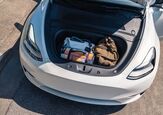


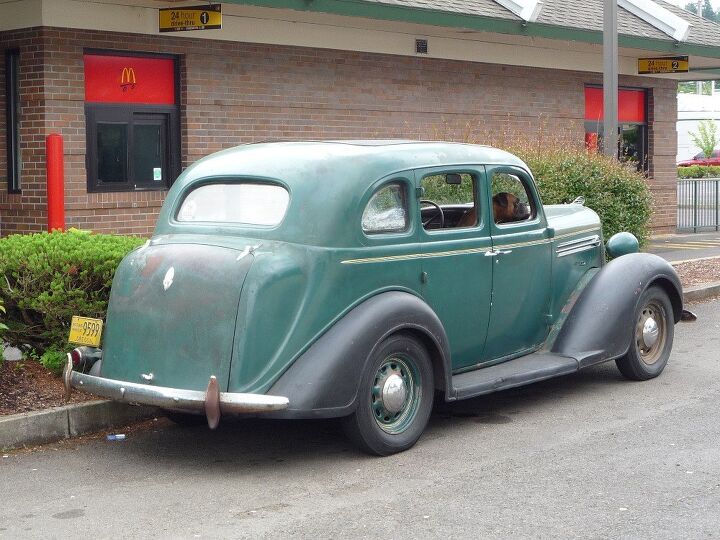





















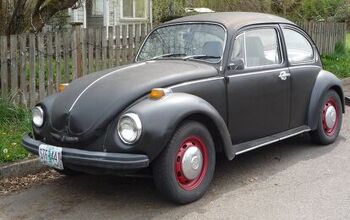
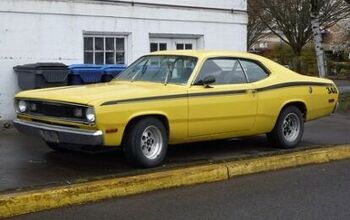
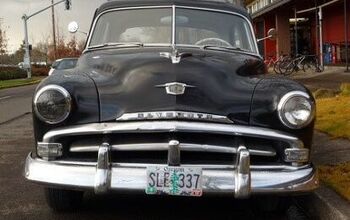
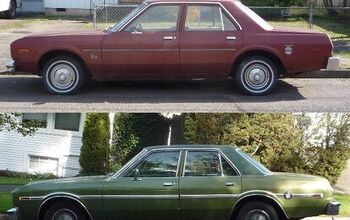
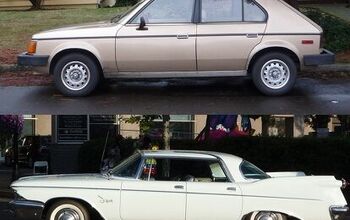

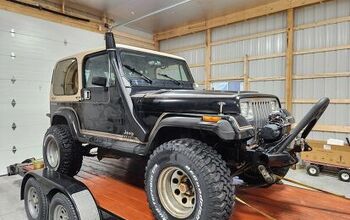

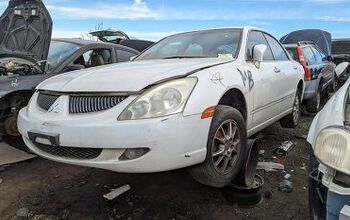
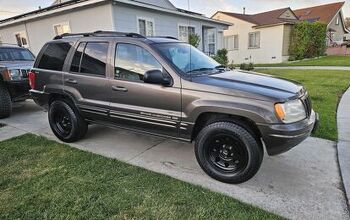
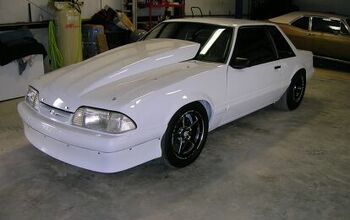
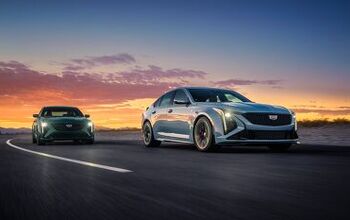




Comments
Join the conversation
@Bocatrip The Belt is narrow, and even now it's a bit twisty. Hard to imagine driving anything from the '30s--with all the play in the wheel they had then--on the Belt at 70. Even if it was 60, that must have been a hell of a ride!
I had a 36 Plymouth in 1968 and drove it back and forth to college from Northern Wis. to Southern Wis for many years. It was the best car I ever owned. 55 MPH was just fine, loved the opening windshield. I'm just now in the process of buying another 36, this time a coupe. Lots more than my first one at $350 w/ 36,000 miles in 1968. but what the heck, you only live once!!! The Plymouths were years ahead of the Fords of the 30's. Plymouth always had hydraulic brakes from 1928 on. The flathead six was simpler and smoother than the flathead eight ford and had about the same horsepower. I can't wait for my new 36 to get here!!!